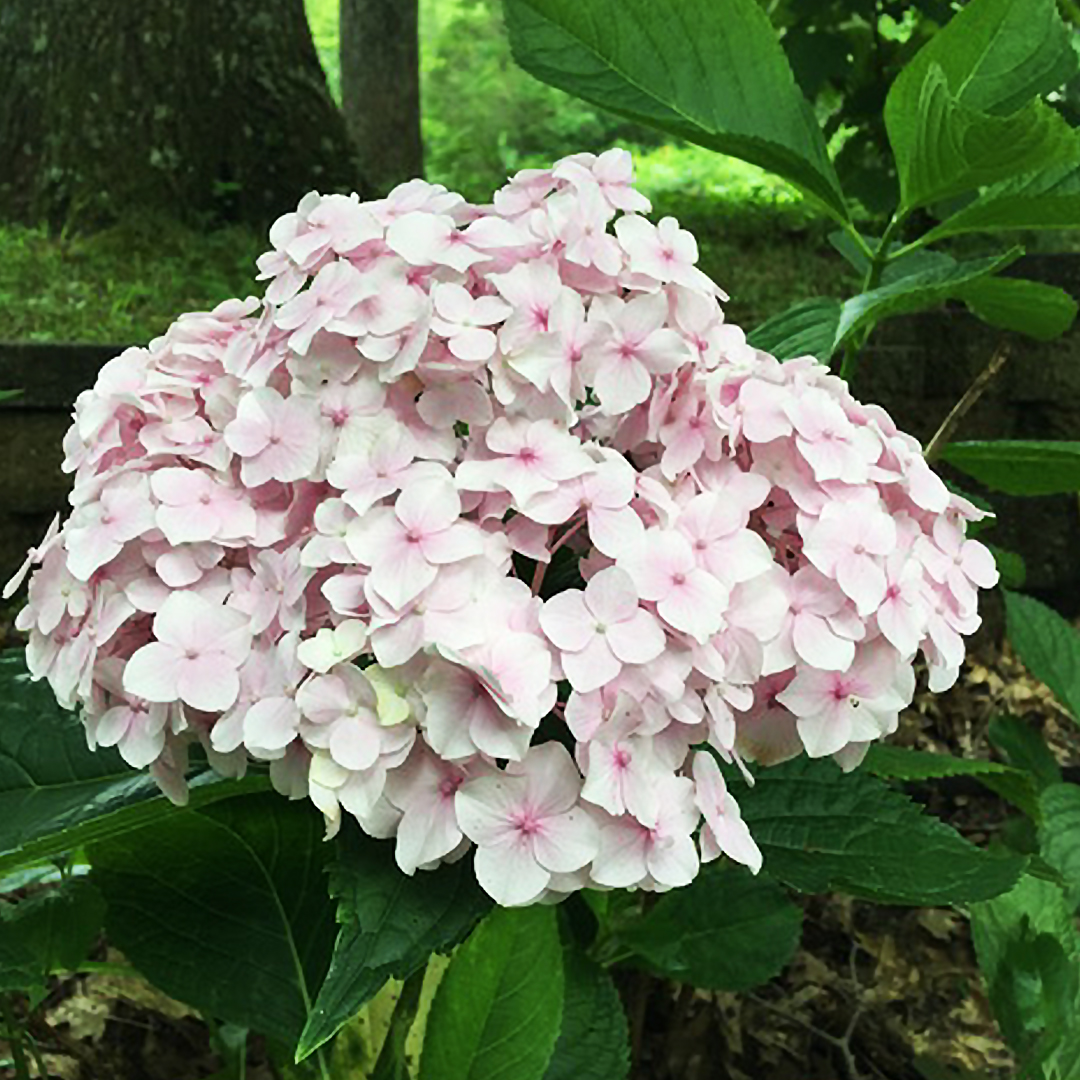
Last month we talked about the various types of shade as a step in planning a “quarantine” shade garden. If you’ve been in self-isolation, you’ve had a lot of time to draw out maps and think about your quiet, shady retreat. Perhaps you’ve even looked at online plant retailers, which are seeing an unprecedented boom in business. Looks like getting out into the garden has been quite therapeutic for a lot of us this spring!
In this month’s post, we’ll talk about what to plant.
There are lots of resources online with lists of plants to grow in shade, but I wanted to share with you the plants I have personal experience with right here in my own often too-wet, clay-packed soil.
Astilbe: There are many colors and forms available for this lovely, long-lived perennial that is fairly ubiquitous in the shade garden. It brightens up shady areas and makes a lovely cut flower.
Blue Bells: A true Tennessee native, Mertensia virginica grows from rhizomes in shade and is a glorious harbinger of spring in March when very little else is blooming.
Columbine: The botanical name for this short-lived perennial is aquilegia. I grow this one from seed every year. It is a wonderful cut flower, but if left uncut, you will find little seedlings coming up all over your garden.
Epimedium: This is a genus of plants that is far too-little used, in my opinion. Once established, it tolerates dry shade, so it is perfect at the base of trees in summer. The form grandiflorum has flowers suitable for cutting, but even the shorter varieties have lovely flowers.
Foxglove: The botanical name for this plant is digitalis, and yes, it’s where the heart medicine comes from. Every part of this plant is toxic, so it will remain untouched by deer or rabbits. Foxgloves are considered biennial or short-lived perennials, so I seed them out every year.
Hydrangea: This is the only shrub on the list, but it is an important one. Not only are hydrangeas native, they come in many different forms and colors. They are long-lived, easy to take cuttings from, and thrive in wet locations. While hydrangeas are not suitable for boggy locations – despite what their name might suggest – they do love water. Be careful about putting them right under trees: The larger tree will always win out in the competition for water.
Lilies: The lilies that our grandmothers called “Tiger Liles” are actually the native American Turk’s cap lily, or botanically speaking, Lilium superbum. They are tall and can give a shade garden some structure and drama. They also are fairly easy to start from seed, cuttings or divisions.
I hope this short list gives you the inspiration you need to populate your shade garden with color, blooms, and quiet delight. I will continue to revisit this topic, as we have just barely scratched the surface of possibility.
Happy Gardening! Stay well!

Laura Bigbee-Fott is a Davidson County Master Gardener. She owns Whites Creek Flower Farm and runs a floral event and wedding design business called Everything Blooms.
